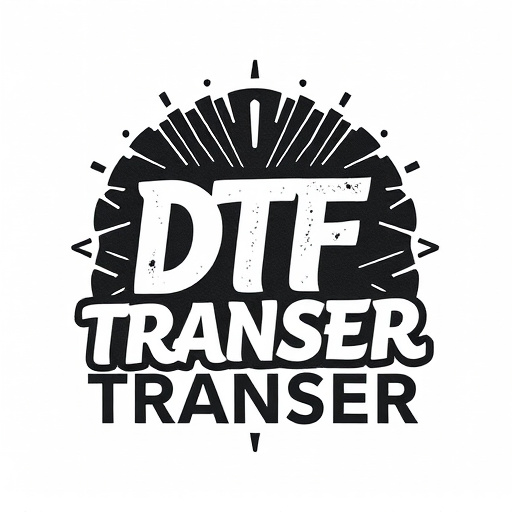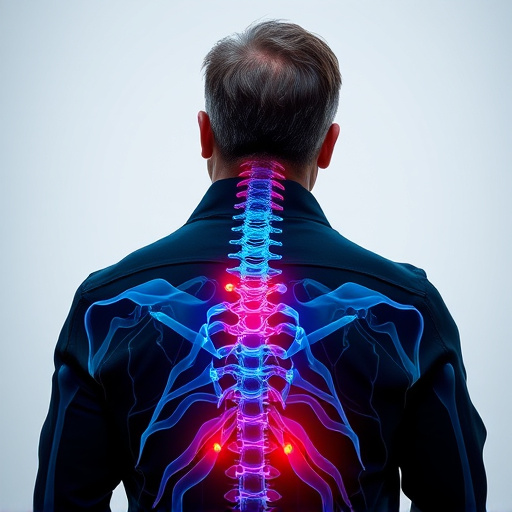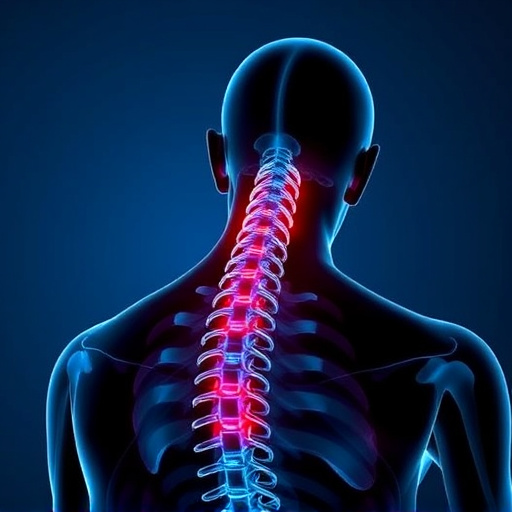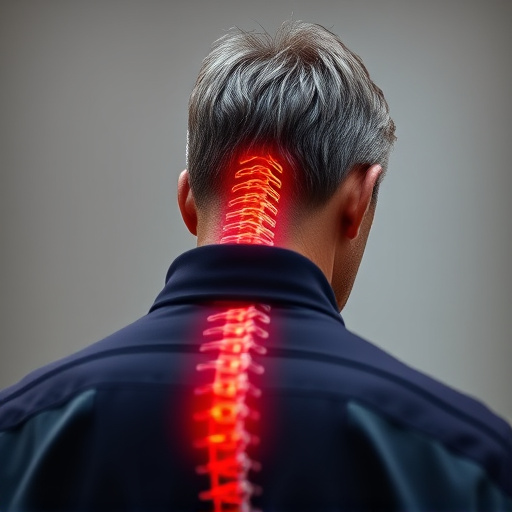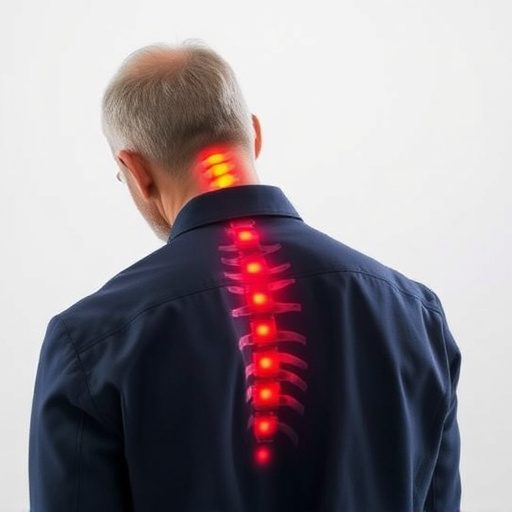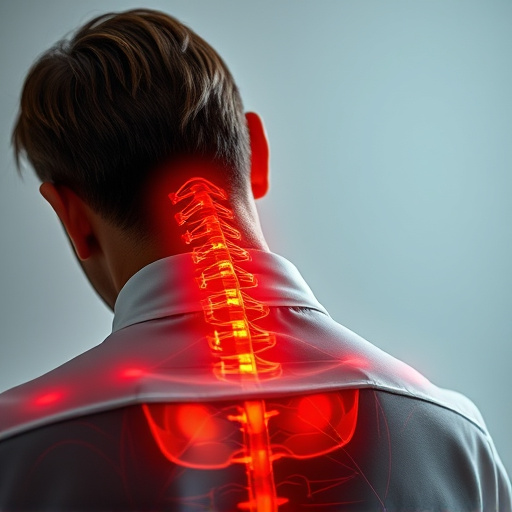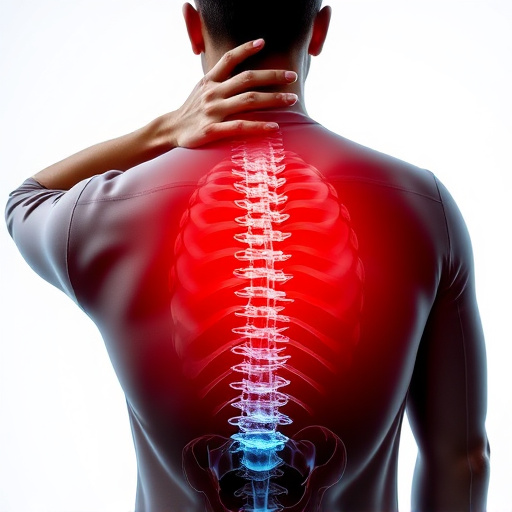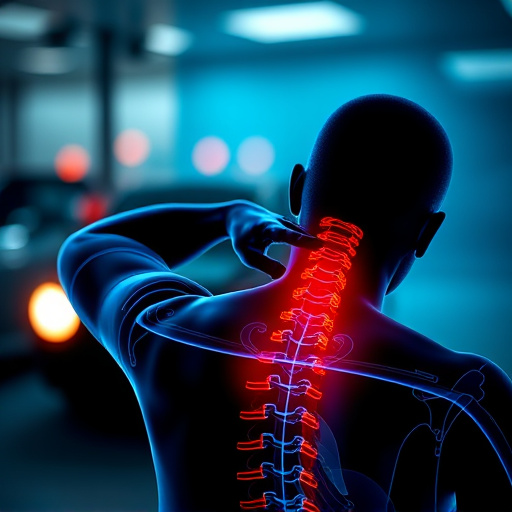Vehicle collisions often lead to neck and back injuries such as whiplash, muscle strain, and fractures, requiring specialized care for effective neck and back pain relief. This includes comprehensive assessments and tailored treatments like chiropractic adjustments, physical therapy, medication, and surgery. Early intervention, structured rehabilitation, and non-invasive methods like acupuncture are crucial for managing pain, improving mobility, and preventing long-term damage. Comprehensive approaches ensure optimal recovery and enhanced quality of life post-collision.
After a vehicle collision, managing injuries to the neck and back is paramount for long-term health. This article provides a comprehensive overview of vehicle collision injuries, focusing on the unique challenges these injuries pose to neck and back health. We explore specialized care approaches that offer effective relief, including the role of physical therapy and alternative treatments like acupuncture and chiropractic care. Additionally, we delve into long-term management strategies to prevent future complications, ensuring patients receive holistic care for lasting neck and back pain relief.
- Understanding Vehicle Collision Injuries: A Comprehensive Overview
- The Impact on Neck and Back Health
- Specialized Care Approaches for Effective Relief
- Role of Physical Therapy in Recovery Process
- Alternative Treatments: Exploring Non-Invasive Options
- Long-Term Management and Preventing Future Complications
Understanding Vehicle Collision Injuries: A Comprehensive Overview
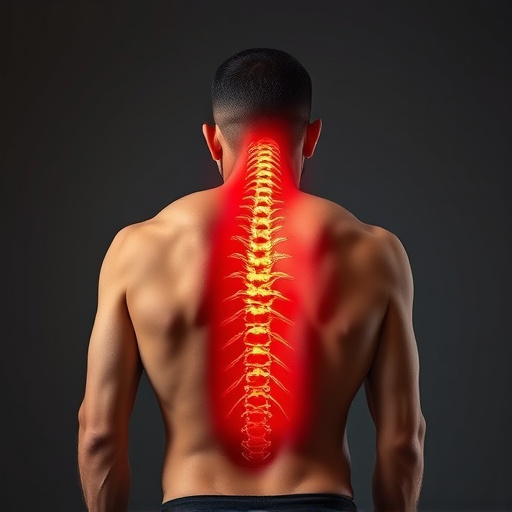
Vehicle collisions can result in a range of injuries, many of which require specialized care to manage effectively. Understanding these injuries is crucial for both victims and healthcare providers. Neck and back pain relief is often at the forefront of concerns following such incidents. Whiplash, for instance, is a common neck injury characterized by muscle strain and stiffness due to rapid forward or backward acceleration. It can lead to severe discomfort and long-term issues if left untreated.
Similarly, back injuries, ranging from sprains to more severe fractures, are not uncommon. Specialized care involves assessing and addressing these injuries holistically, considering both the physical and psychological aspects of recovery. Effective management often includes a combination of medical treatments such as medication for pain relief, physical therapy to restore mobility and strength, and behavioral interventions to help patients cope with the challenges that arise post-collision.
The Impact on Neck and Back Health
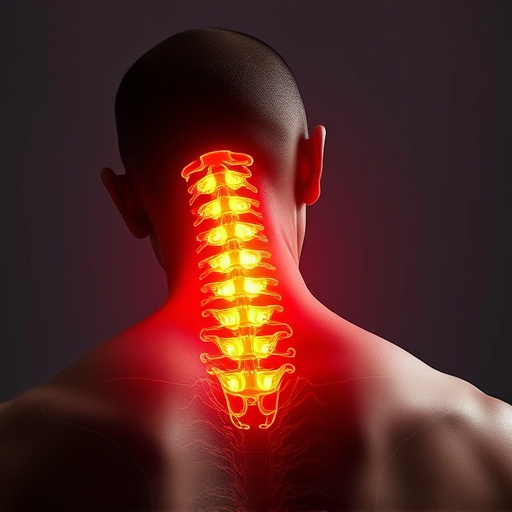
A vehicle collision can have significant impacts on an individual’s neck and back health, often leading to persistent pain that requires specialized care. The force experienced during a crash can cause various injuries, including whiplash, herniated discs, and spinal cord damage. Whiplash, a common neck injury, results from the rapid back-and-forth movement of the head, potentially causing muscle sprains, ligament strains, and nerve irritation in the neck and upper back. Herniated discs, on the other hand, occur when the soft material between vertebrae protrudes or ruptures, pressing on nearby nerves, which can lead to pain radiating down the arms or legs—a condition often associated with neck and back pain relief.
Specialized care after a vehicle collision focuses on diagnosing and managing these injuries effectively. Treatment plans may include physical therapy, chiropractic adjustments, medication, and, in severe cases, surgery. The goal is not only to alleviate immediate pain but also to restore mobility, prevent long-term damage, and provide patients with lasting neck and back pain relief. Early intervention and adherence to a structured rehabilitation program are crucial for optimal recovery and preventing chronic pain syndromes.
Specialized Care Approaches for Effective Relief
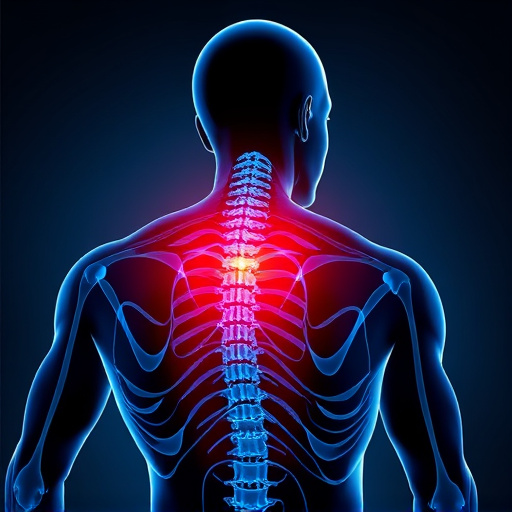
Specialized care approaches play a pivotal role in effectively managing and alleviating symptoms associated with vehicle collision injuries, particularly focusing on neck and back pain relief. These tailored treatments go beyond general healthcare solutions, addressing the unique complexities arising from traumatic accidents. Chiropractors, for instance, are experts in diagnosing and treating musculoskeletal disorders, utilizing techniques like spinal adjustments and therapeutic exercises to restore mobility and reduce pain.
Moreover, physical therapy is a crucial component, offering customized programs to strengthen muscles, improve flexibility, and enhance overall function. Targeted exercises and manual therapies can significantly contribute to neck and back pain relief, enabling individuals to regain their mobility and lead more active lives following a collision.
Role of Physical Therapy in Recovery Process
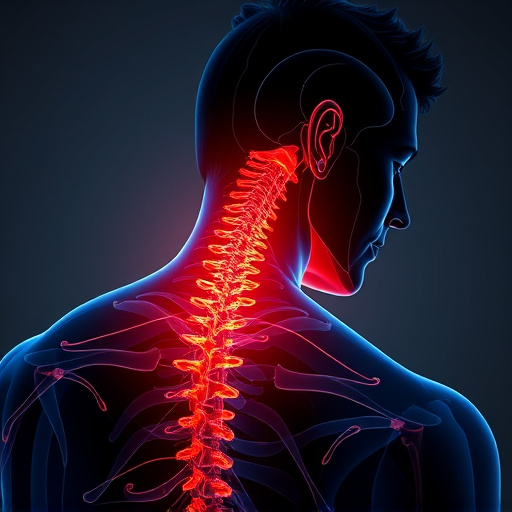
Physical therapy plays a pivotal role in the recovery process after a vehicle collision, focusing on managing and alleviating injuries, particularly neck and back pain. Skilled therapists employ tailored exercises and manual techniques to enhance mobility, strengthen muscles, and reduce discomfort associated with whiplash and other common crash-related injuries. The individualized approach ensures patients receive targeted care that addresses their specific needs, fostering a smoother transition from acute care to full recovery.
In the aftermath of a collision, physical therapy offers more than just pain relief; it facilitates a comprehensive rehabilitation process. Therapists work closely with patients to improve posture, restore range of motion, and enhance overall functional ability. Through education and guidance, individuals learn strategies to manage their conditions effectively, preventing future injuries and promoting long-term wellness.
Alternative Treatments: Exploring Non-Invasive Options
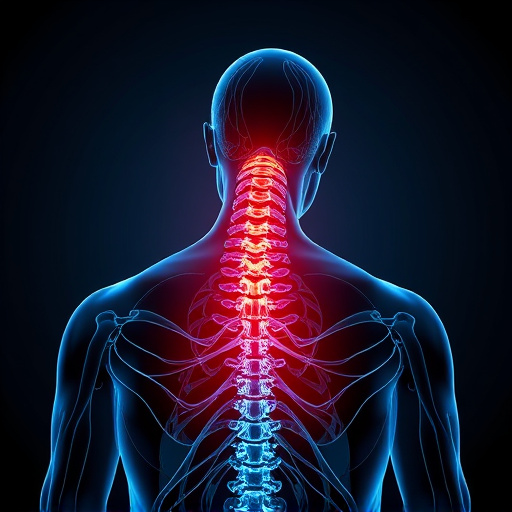
After a vehicle collision, many individuals suffer from neck and back pain, often seeking alternative treatments to non-invasive options as traditional methods may have limited success or come with side effects. Techniques such as chiropractic care, acupuncture, and physical therapy are gaining popularity for their ability to offer relief without surgery or medication. Chiropractic manipulation can realign the spine, reducing pressure on nerves and alleviating pain, while acupuncture involves inserting thin needles into specific points to stimulate natural healing processes.
Physical therapy plays a crucial role in strengthening muscles and improving flexibility, enabling patients to regain mobility and reduce reliance on pain medications. These non-invasive approaches not only provide neck and back pain relief but also empower individuals with long-term strategies for managing their recovery and overall well-being.
Long-Term Management and Preventing Future Complications
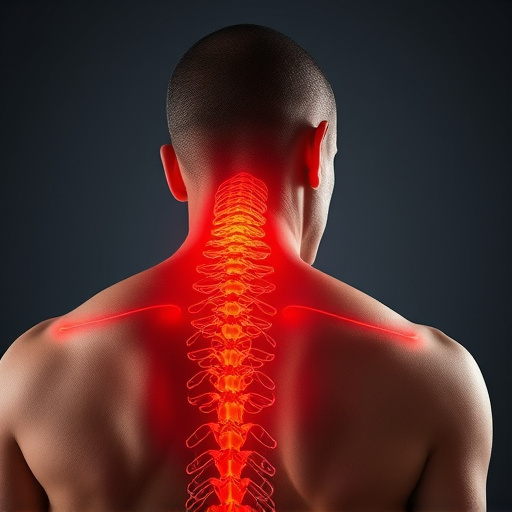
Effective long-term management of vehicle collision injuries is crucial in preventing future complications, especially for persistent conditions like neck and back pain. Beyond acute care, rehabilitation plays a vital role in restoring function and improving quality of life. This often includes a multi-faceted approach combining physical therapy, medication management, and sometimes surgery, tailored to the individual’s needs.
Focusing on proactive measures is key. This can involve ergonomic assessments to optimize work or home environments, especially for those experiencing chronic neck and back pain. Regular exercise tailored to strengthen supporting muscles and improve flexibility also plays a significant role in long-term recovery and preventing recurring injuries.





